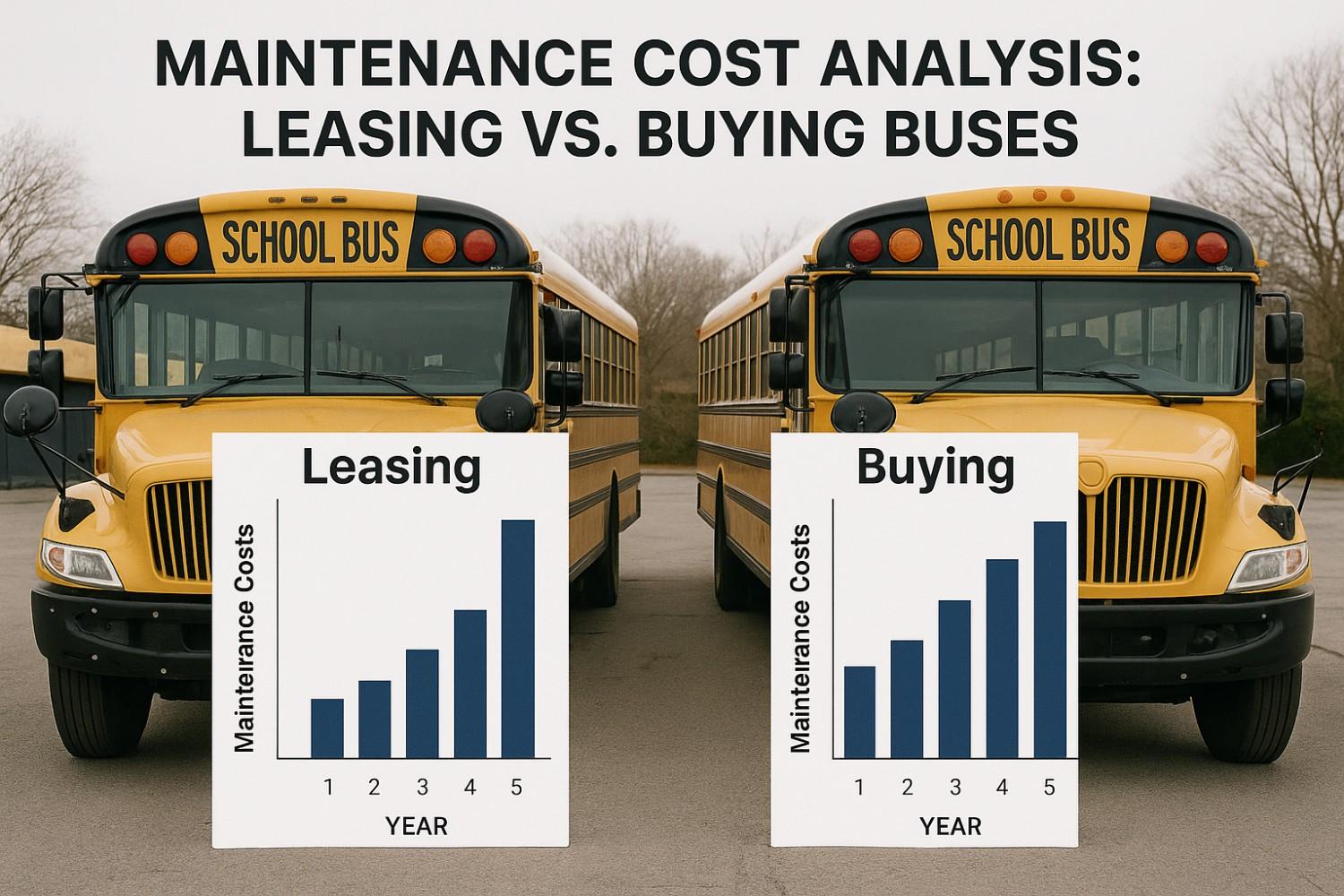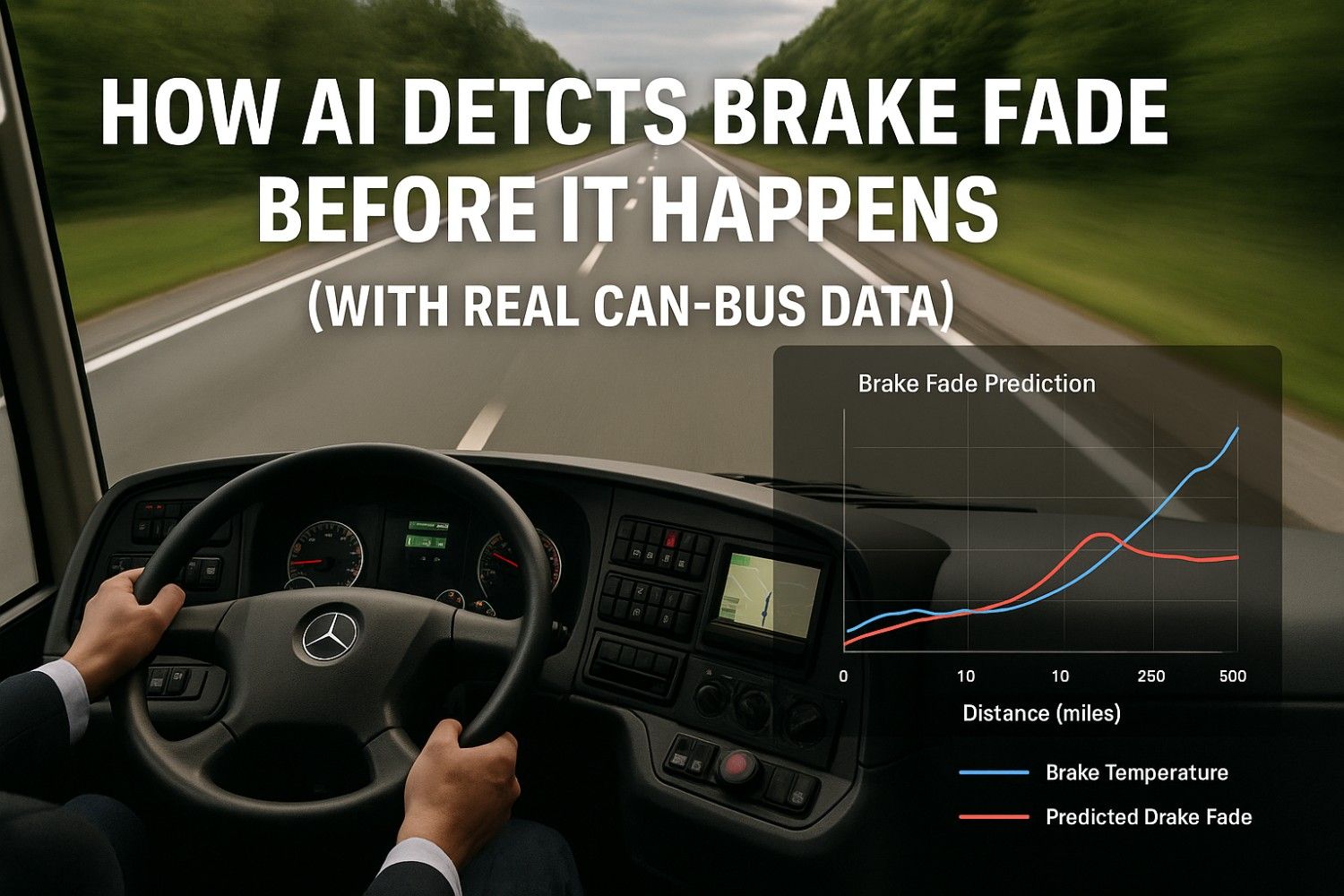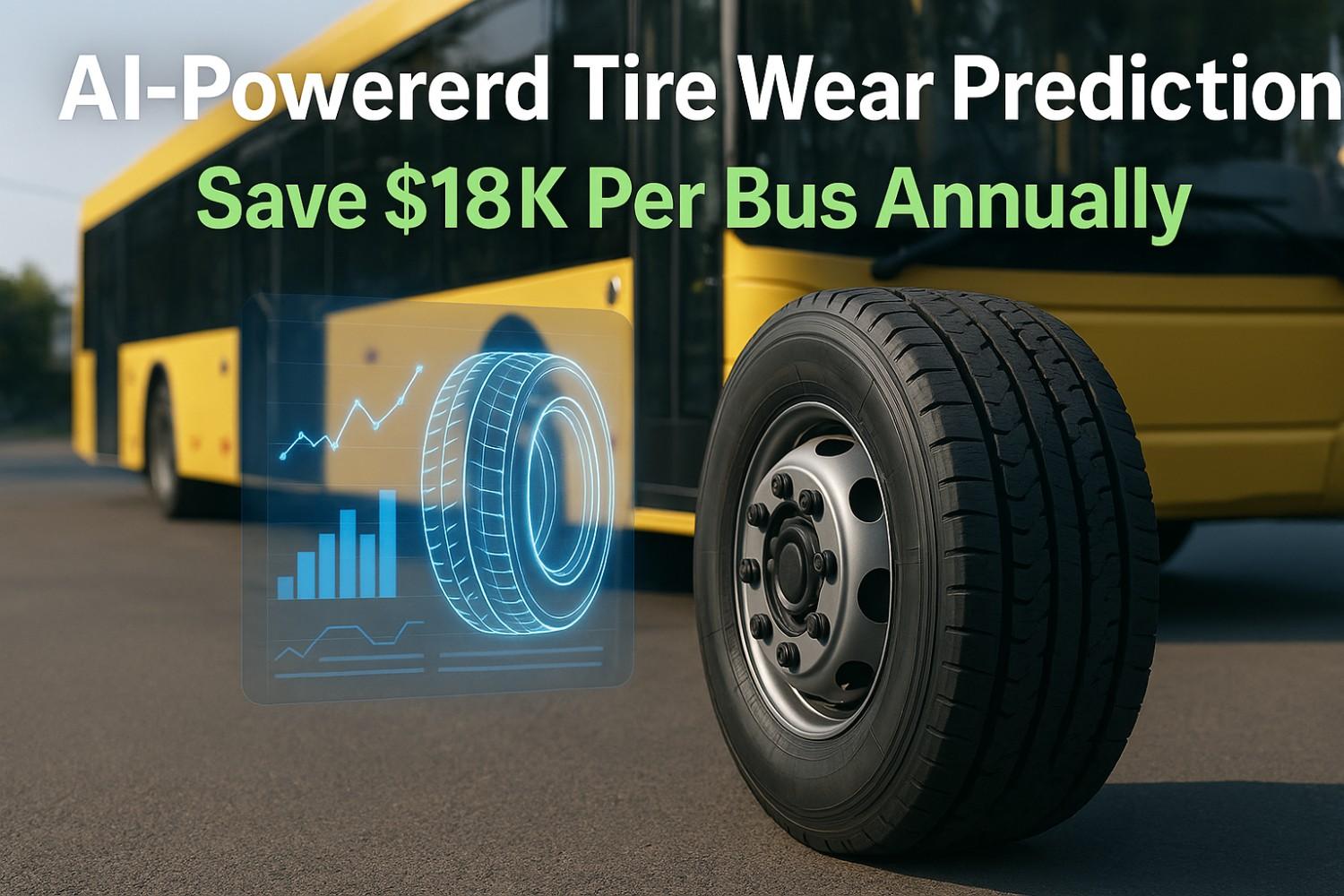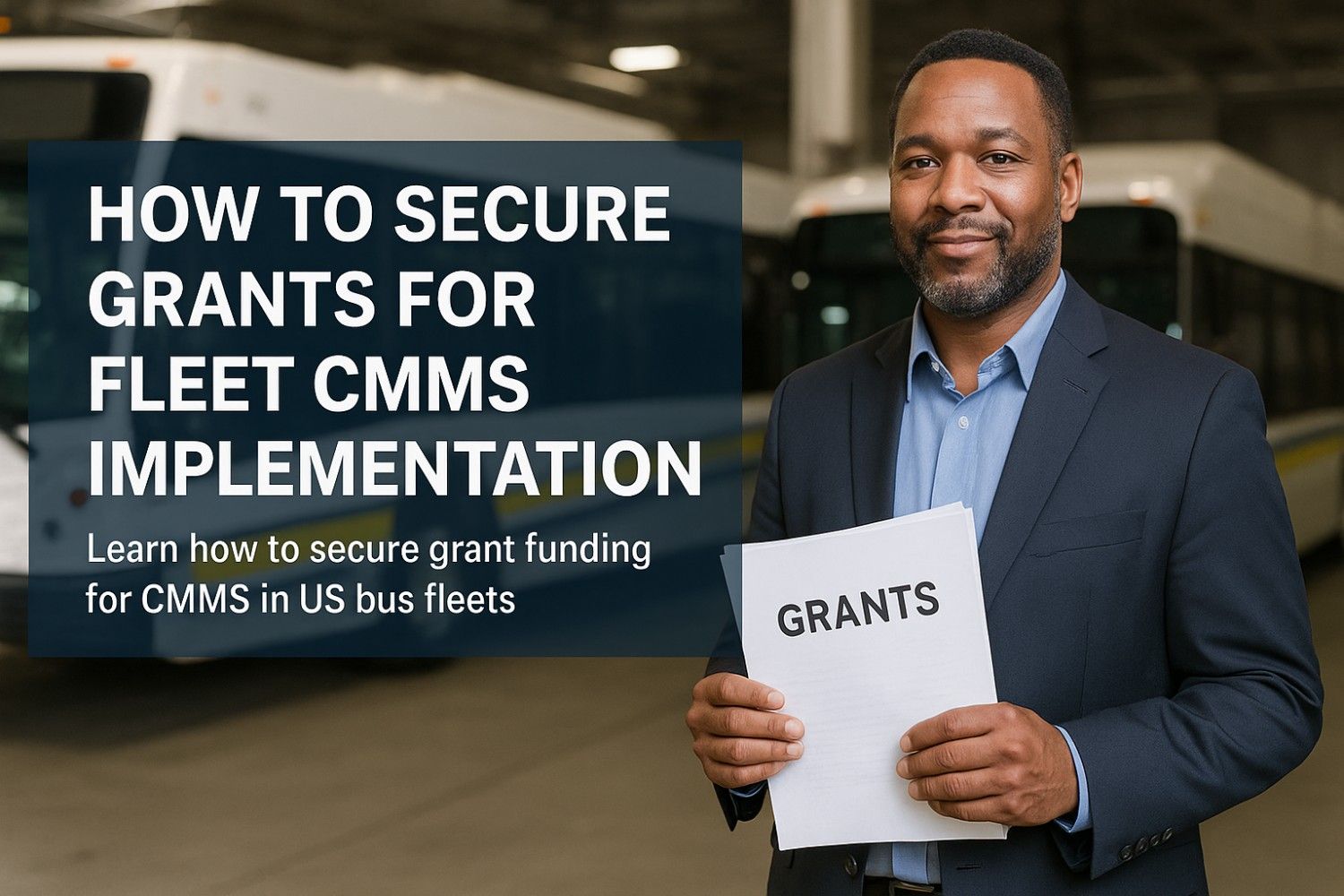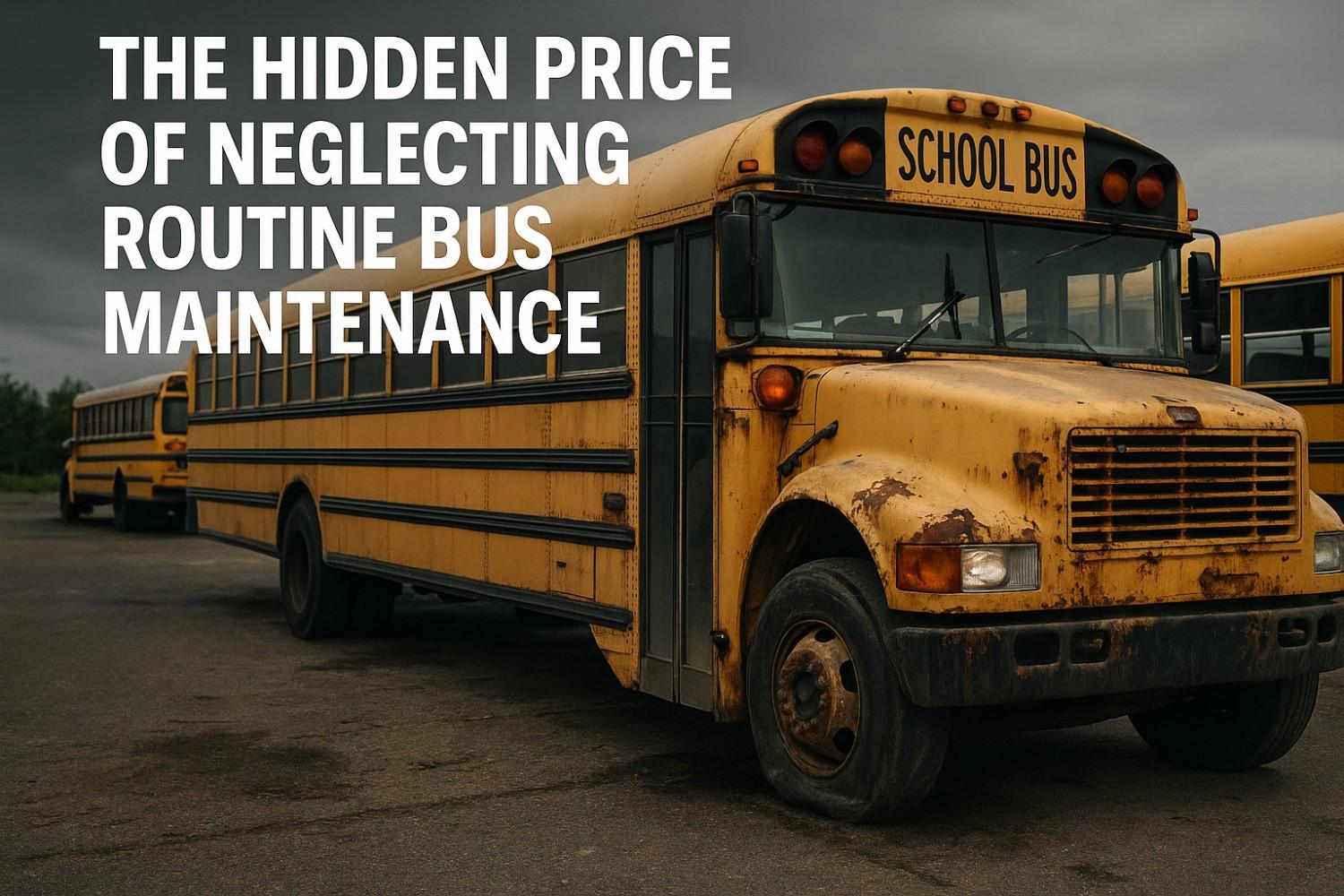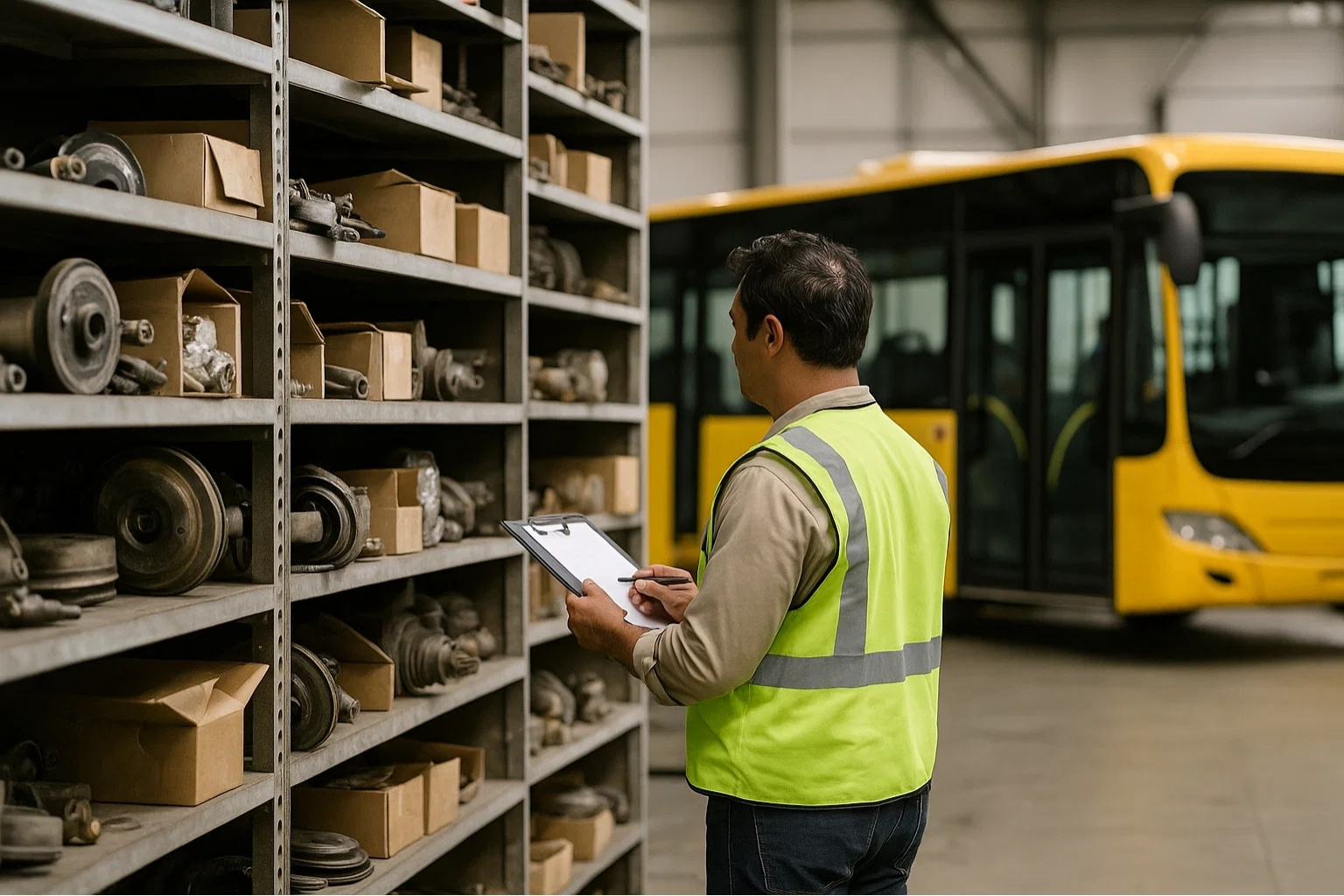For US manufacturing professionals managing transportation fleets, one of the most critical financial decisions is whether to lease or buy buses. While the upfront costs often dominate the conversation, maintenance expenses can significantly impact your total cost of ownership over the vehicle's lifecycle. Understanding the true maintenance cost implications of each option is essential for making informed decisions that align with your company's financial goals and operational needs.
This comprehensive analysis examines the maintenance cost structures of leasing versus buying buses, exploring how modern CMMS (Computerized Maintenance Management Systems) can optimize expenses regardless of your chosen approach. Whether you're managing a fleet of school buses, employee shuttles, or commercial transport vehicles, the insights in this guide will help you make data-driven decisions that maximize value and minimize unexpected costs.
Understanding the True Cost of Bus Ownership
When you purchase a bus outright, you assume complete responsibility for all maintenance costs throughout the vehicle's operational life. The initial years typically involve lower maintenance expenses, primarily covering routine services like oil changes, brake inspections, and tire rotations. However, as the vehicle ages, maintenance costs escalate significantly.
Ownership provides complete control over maintenance schedules, vendor selection, and repair decisions. You can implement preventive maintenance programs tailored to your specific operational needs and choose whether to use OEM parts or aftermarket alternatives. This flexibility can lead to cost savings when managed effectively with proper fleet management systems.
The financial reality of ownership includes predictable costs like scheduled maintenance and unpredictable expenses such as emergency repairs, component failures, and regulatory compliance updates. A comprehensive CMMS becomes invaluable here, helping you track all maintenance activities, predict failure patterns, and budget accurately for future expenses. If you're looking to implement a professional CMMS solution, you can significantly reduce these unpredictable costs. Over a typical 12-15 year bus lifecycle, total maintenance costs can range from $120,000 to $180,000 per vehicle, depending on usage patterns and maintenance practices.
The Maintenance Cost Structure of Bus Leasing
Leasing arrangements typically include maintenance provisions that can significantly impact your total cost analysis. Full-service leases often bundle routine maintenance into monthly payments, providing predictable expenses that simplify budgeting and cash flow management. This approach transfers much of the maintenance risk to the leasing company, which can be particularly valuable for organizations without extensive fleet management expertise.
Under most lease agreements, the lessor maintains responsibility for major repairs and component replacements during the lease term. This arrangement protects you from unexpected capital expenses associated with transmission failures, engine overhauls, or other costly repairs. However, you'll typically remain responsible for operational maintenance like fluid checks, tire care, and ensuring proper vehicle use according to lease terms.
The key advantage of leasing from a maintenance perspective is cost predictability. Monthly lease payments remain consistent regardless of maintenance needs, allowing for accurate financial forecasting. Additionally, leased vehicles are typically newer, resulting in fewer breakdowns and lower overall maintenance requirements during the lease period. When the lease ends, you return the vehicle before it enters the high-maintenance final years of its lifecycle.
Ready to optimize your fleet maintenance costs regardless of whether you lease or buy? Discover how advanced CMMS solutions can reduce expenses by up to 25% while improving vehicle reliability and compliance tracking.
Getting StartedBook a Demo
Comparing Long-Term Maintenance Expenses
A detailed cost comparison reveals significant differences in maintenance expense patterns between leasing and ownership. During the first five years, owned buses typically incur $8,000-$12,000 annually in maintenance costs, while lease agreements might include these costs in monthly payments averaging $1,200-$1,800 per month depending on the vehicle type and lease terms.
From years six through ten, owned vehicle maintenance costs typically increase to $15,000-$20,000 annually as major components require replacement. Brake systems, cooling systems, and electrical components often need significant repairs during this period. Leased vehicles avoid this expense escalation because most leases terminate before vehicles enter this higher-cost phase, though you'll begin a new lease cycle with associated costs. Understanding these cost patterns is crucial, and you can schedule a consultation to analyze your specific fleet's financial trajectory.
The final years of ownership (11-15 years) see maintenance costs spike to $20,000-$30,000 annually as virtually every major system requires attention. Engine overhauls, transmission rebuilds, and chassis repairs become common. However, if you've paid off the vehicle, your only expenses are maintenance and operational costs, potentially offering value if you can extend the vehicle's useful life effectively.
How CMMS Systems Impact Maintenance Costs in Both Scenarios
Whether you lease or buy, implementing a robust CMMS transforms your maintenance cost management. These systems provide comprehensive tracking of all maintenance activities, costs, and parts inventory, enabling data-driven decisions that reduce expenses across your entire fleet. Modern fleet managers who adopt sophisticated CMMS platforms report significant improvements in both cost control and operational efficiency.
For owned fleets, CMMS platforms enable predictive maintenance strategies that prevent costly breakdowns. By analyzing historical data and current vehicle diagnostics, these systems identify potential failures before they occur, allowing you to schedule repairs during convenient times rather than dealing with expensive emergency situations. This proactive approach can reduce unplanned maintenance costs by 30-40% while extending vehicle lifespan.
Leased fleets also benefit significantly from CMMS implementation. These systems help you maintain compliance with lease agreement terms, document all required maintenance activities, and avoid end-of-lease penalties for inadequate vehicle care. Detailed maintenance records demonstrate proper vehicle stewardship, potentially qualifying you for better lease terms on future agreements.
Advanced CMMS solutions integrate with telematics systems to monitor vehicle health in real-time, track fuel consumption patterns, and optimize maintenance scheduling based on actual usage rather than arbitrary time intervals. This integration reduces unnecessary service visits while ensuring critical maintenance occurs precisely when needed, maximizing efficiency regardless of your ownership model. To see how these systems work in practice, you can request a personalized demonstration tailored to your fleet's specific needs.
Making the Right Decision for Your Fleet Operations
The lease versus buy decision depends on multiple factors beyond simple maintenance cost comparisons. Consider your organization's capital availability, tax situation, operational requirements, and long-term fleet strategy. Companies with strong cash positions and long-term vehicle needs often benefit from ownership, particularly when combined with sophisticated maintenance management systems that minimize lifecycle costs.
Conversely, organizations prioritizing budget predictability, minimal maintenance headaches, and regular fleet updates often find leasing more attractive. The higher effective total cost is offset by reduced risk, improved cash flow management, and the ability to maintain a modern, reliable fleet without significant capital investment. Whatever path you choose, starting with a comprehensive fleet management system ensures you're making data-backed decisions from day one.
Many successful fleet managers employ a hybrid approach, owning vehicles for routes with predictable usage patterns while leasing buses for fluctuating demand or specialized applications. This strategy balances cost optimization with operational flexibility, allowing you to capture the advantages of both approaches while mitigating their respective drawbacks.
The maintenance cost analysis of leasing versus buying buses reveals that neither option is universally superior. Ownership typically offers lower total costs over extended periods but requires accepting higher risk and implementing excellent maintenance management practices. Leasing provides predictability and convenience at a premium price, particularly valuable for organizations without dedicated fleet management expertise.
Regardless of your decision, implementing a comprehensive CMMS represents one of the smartest investments you can make. These systems optimize maintenance costs, improve vehicle reliability, ensure regulatory compliance, and provide the data-driven insights necessary for making informed fleet management decisions. By leveraging modern technology alongside strategic thinking about lease versus buy decisions, US manufacturing professionals can build efficient, cost-effective transportation operations that support their broader business objectives.
Frequently Asked Questions
Q: What are the typical annual maintenance costs for owned versus leased buses?
A: Owned buses typically cost $8,000-$12,000 annually in maintenance during the first five years, increasing to $15,000-$20,000 in years 6-10, and $20,000-$30,000 in years 11-15. Leased buses often include maintenance in monthly payments of $1,200-$1,800, providing cost predictability but potentially higher total expenses over comparable periods. The actual costs vary significantly based on vehicle type, usage patterns, and maintenance practices.
Q: How does a CMMS reduce maintenance costs for bus fleets?
A: CMMS systems reduce maintenance costs by 20-25% through predictive maintenance capabilities, optimized scheduling, detailed cost tracking, and prevention of expensive emergency repairs. These platforms analyze historical data to identify failure patterns, automate routine maintenance scheduling, manage parts inventory efficiently, and ensure regulatory compliance, all of which contribute to significant long-term savings regardless of whether you lease or own your vehicles.
Q: At what point does buying a bus become more cost-effective than leasing?
A: Buying typically becomes more cost-effective than leasing when you plan to operate the vehicle for 10+ years and have the capital and maintenance infrastructure to support ownership. The break-even point usually occurs around years 7-8, assuming proper maintenance management. However, this calculation depends on lease terms, interest rates, tax implications, and your organization's specific maintenance costs and operational requirements.
Q: What hidden maintenance costs should I consider when leasing buses?
A: Hidden leasing costs include excess mileage charges, end-of-lease condition penalties, costs for modifications or customizations that must be reversed, insurance requirements that may exceed standard coverage, and responsibility for damage beyond normal wear and tear. Additionally, some lease agreements exclude certain maintenance items or require use of specific service providers, potentially increasing your actual costs beyond the quoted monthly payment.
Q: How do electric buses affect the lease versus buy maintenance cost analysis?
A: Electric buses significantly alter the maintenance cost equation, with 60-70% lower maintenance expenses compared to diesel buses due to fewer moving parts, no oil changes, and reduced brake wear from regenerative braking. This makes ownership more attractive since you capture these savings over the vehicle's lifecycle. However, battery replacement costs ($20,000-$50,000) and evolving technology may favor leasing to avoid obsolescence risk while manufacturer warranties cover battery performance during typical lease terms.
